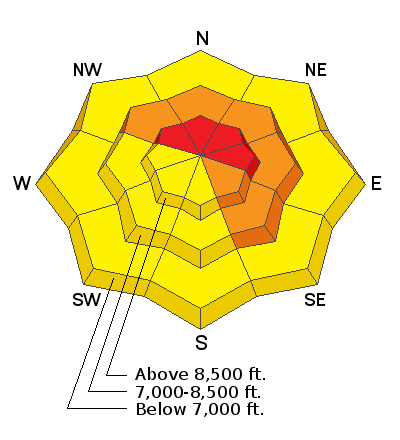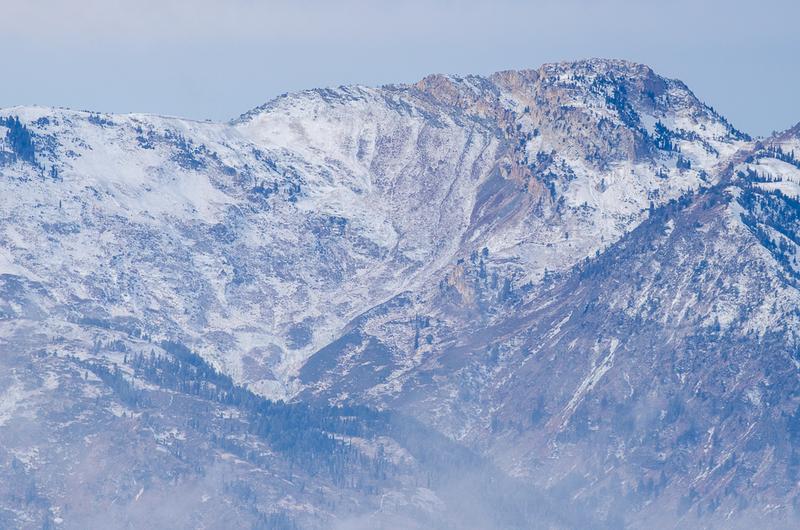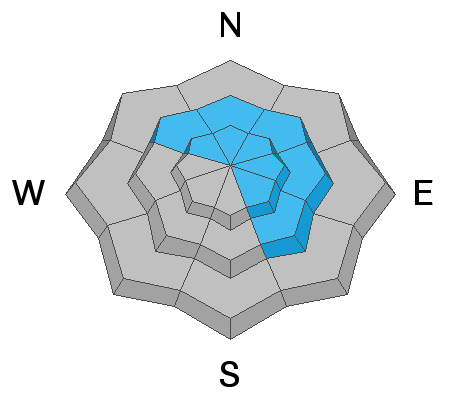Forecast for the Ogden Area Mountains

Issued by Mark Staples on
Thursday morning, November 28, 2019
Thursday morning, November 28, 2019
Today's rapid, heavy snowfall has created several avalanche problems. At the highest elevations on northerly facing slopes old faceted snow exists under the new snow and will make a weak layer on which avalanches can fracture. Southerly winds, as well as warming temperatures, have likely created soft slabs in the new snow that can also make an avalanche.
The avalanche danger is HIGH at the highest elevations on northerly and east-facing slopes that likely have a layer of old snow where the travel advice is to avoid all avalanche terrain. Winds blowing from the southwest have created a CONSIDERABLE avalanche danger at mid-elevation northerly and east-facing slopes as well as upper elevation southeast facing slopes. All low elevation terrain has a MODERATE avalanche danger.
The best thing to do is simply avoid avalanche terrain today which is any slope steeper than 30 degrees. Exercise patience and give the new snow time to settle and gain strength.

Low
Moderate
Considerable
High
Extreme
Learn how to read the forecast here










